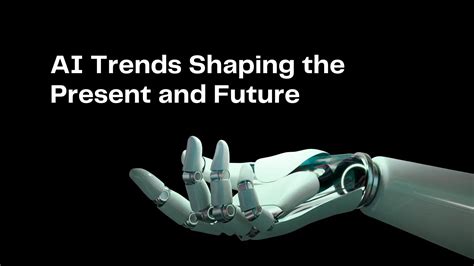How Ki shapes the future of the economic models in blockchain
The rise of blockchain technology has opened new ways for economic models to develop and develop. Artificial intelligence (AI) plays a crucial role in the design of the future of these models and offers insights that have overlooked traditional economists. In this article we will examine how AI changes the economic models in blockchain and what effects this can have for our understanding of the economy.
Traditional economic models
Traditional economic models are based on classic principles such as supply and demand, scarcity and competition. However, these models often take into account the complexity of modern economies, in which factors such as digitization, globalization and advancement have created a high degree of networking. Traditional economic models usually focus on individual actors in certain markets and neglect the broader effects of their actions.
The borders of traditional economic models
Traditional economic models are limited in several ways:
- Simplification : You simplify complex systems by assuming that all variables are additive and independent.
- Verwingen : You do not have to take feedback grinding, self-reinforcing dynamics and the effects of external shocks on the economic activity.
- Lack of heterogeneity : They neglect the diverse behavior and preferences of individuals in markets.
The role of AI in blockchain economic models
Artificial intelligence is used to build more demanding economic models that contain blockchain technology. By using AI algorithms, researchers can analyze large amounts of data from various sources, including transaction records, social media posts and even portable device data.
- Predictive Analytics

: AI-powered predictive analytics enable economists to predict economic activity with greater accuracy than conventional methods.
- Network analysis : Blockchain data enables the creation of complex network models that capture the complicated relationships between actors within markets.
- agent -based modeling : AI can simulate the behavior of individual agents in the real market settings and give insights into the interaction of different stakeholders and influence each other.
Types of AI-powered economic models
With AI, different types of economic models are created, including:
- agent -based models : These models simulate the behavior of individual actors in markets taking into account their preferences, restrictions and interactions.
- Network analysis models : These models use blockchain data to create complex network models that capture the relationships between different market participants.
- Models for machine learning : These models learn from large data sets to identify patterns and trends in economic activity.
Effects on economic policy
The integration of AI-powered economic models into blockchain technology has a significant impact on economic policy:
- monetary policy : AI can help the political decision -makers to better understand the effects of monetary policy on economic activity and enable them to make sound decisions.
- Fiscal policy : AI can help with the analysis of financial policy, which enables political decision -makers to optimize their interventions and minimize unintentional consequences.
- Regulatory framework : The use of economic models with AI operated can provide information on regulatory framework and help create a more secure and efficient financial system.
Diploma
The integration of AI into blockchain technology revolutionizes the area of economic modeling. By providing knowledge that have overlooked traditional economists, AI-driven economic models shape the future of economic policy.